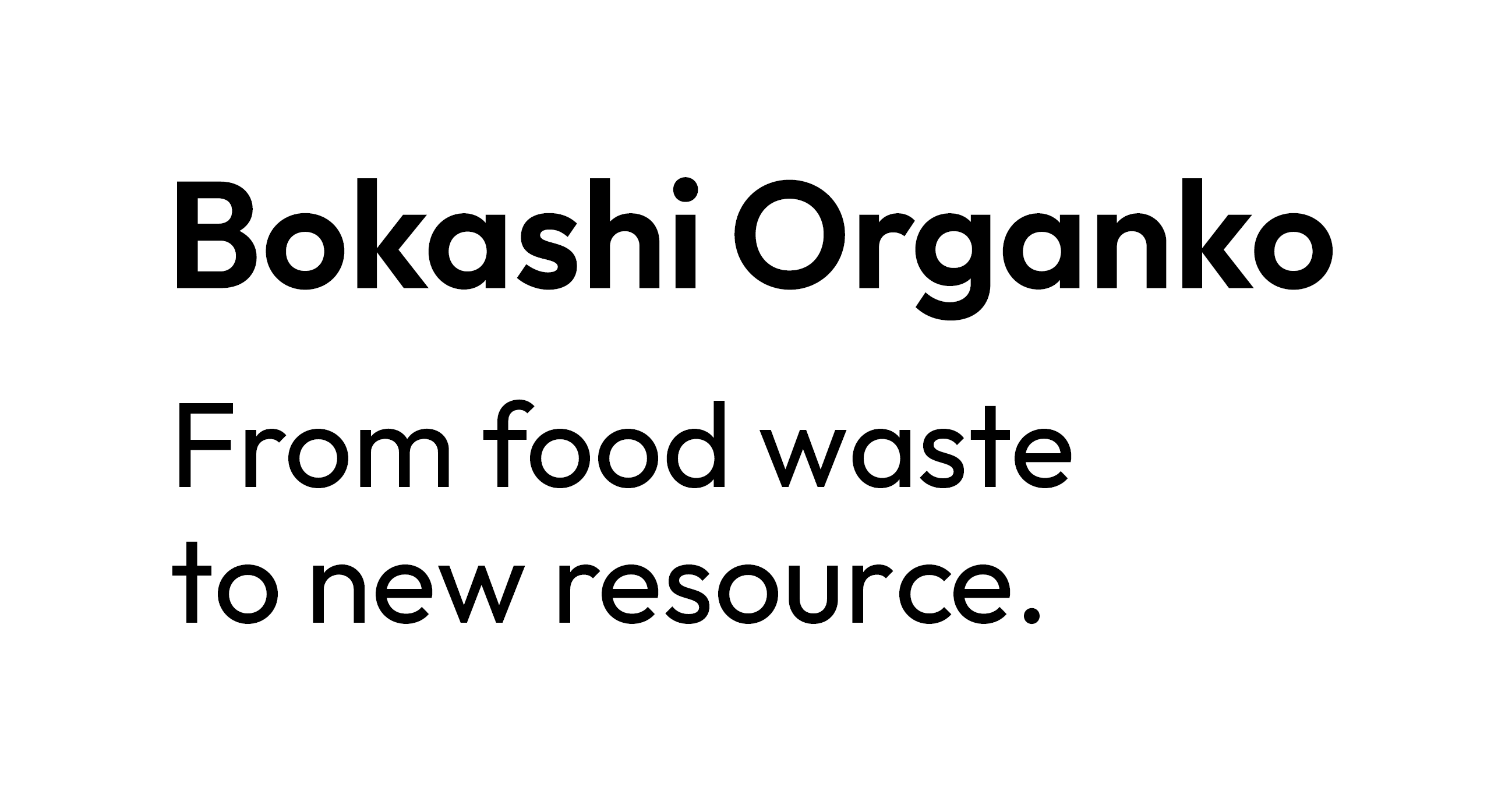Compost fermentation uses the bokashi process to convert organic waste into new resources efficiently and practically. All-in-all, bokashi composting offers the ultimate solution to organic waste management. However, sadly, the majority of the world's population still doesn't know that. Moreover, those who are aware of the benefits of compost fermentation tend to be new practitioners of this method. As such, we tend to get quite many interesting questions from the users interested in learning the ins and outs of this environmentally-friendly way of handling kitchen waste. And, while we get a waste array of questions, seven of them tend to be repeated most frequently.
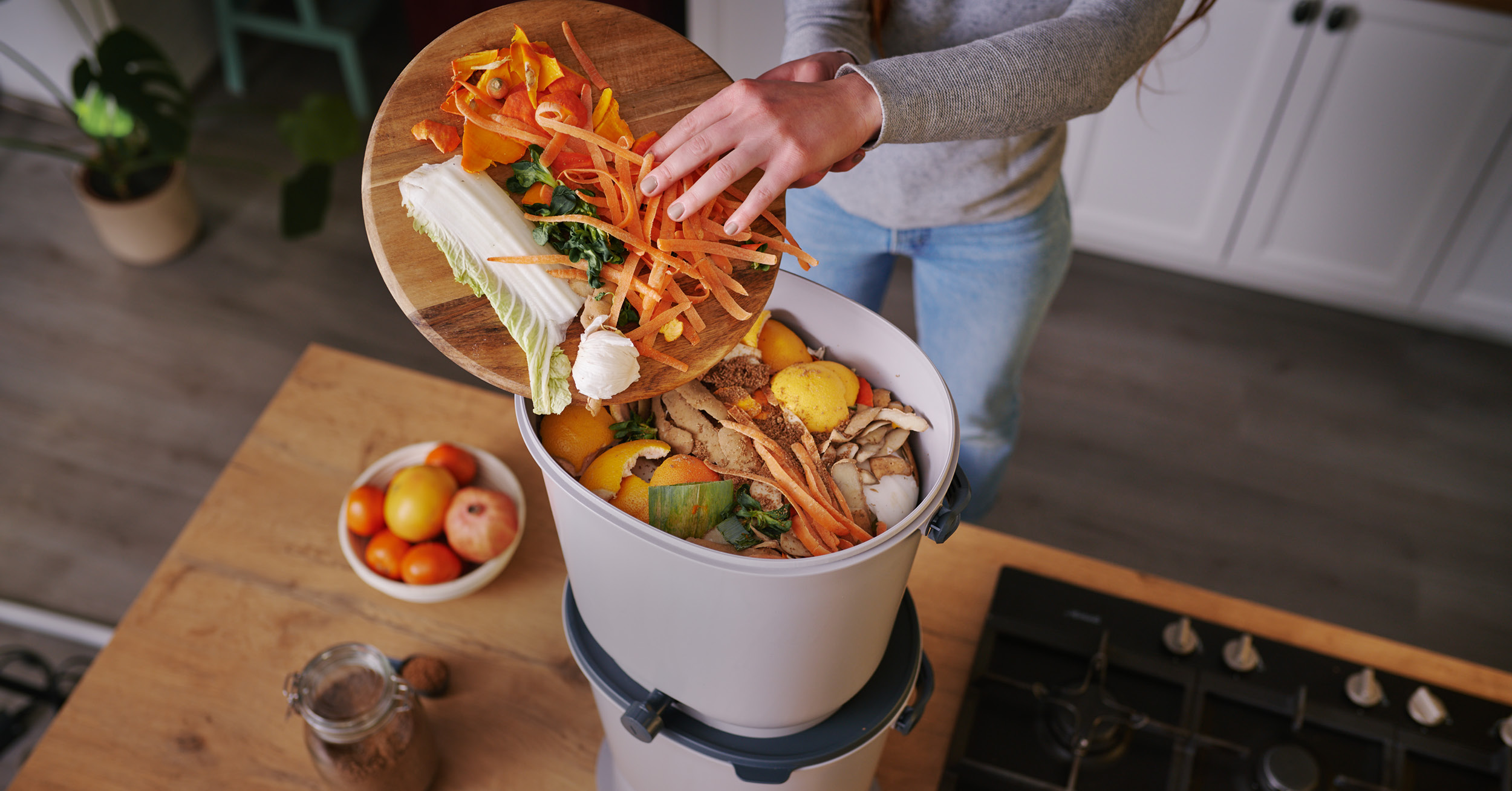 Compost fermentation - answering the 7 most FAQs
Compost fermentation - answering the 7 most FAQs
As mentioned above, despite the fact that people in Asia have been using the bokashi method for centuries, it is just making its way in the West. Moreover, the method is very user-friendly and not complicated at all. However, there are certain questions that often come up as users are getting familiar with the method of using quality indoor composters.
Compost fermentation question #1: Where can I store Bokashi liquid and for how long?
As you may already know, the side product of the bokashi compost fermentation is the fermentation liquid or bokashi liquid. Moreover, to prevent the liquid from going bad, we encourage users to use bokashi liquid for plants or drains immediately after collecting it from their urban composters. However, the Bokashi juice can also be stored. If you decide to take that route, you need to make sure to store it in an airtight container and place the container in a dark, cool space. It is also important to ensure that the container is as full as possible so that there's no excessive air.
Thus, you can use a plastic bottle and squeeze it to get all the air out. Properly stored Bokashi juice can remain usable for up to one month. However, pay attention to any strong odor or dark mold. If you notice these symptoms, it is best to dispose of the liquid.
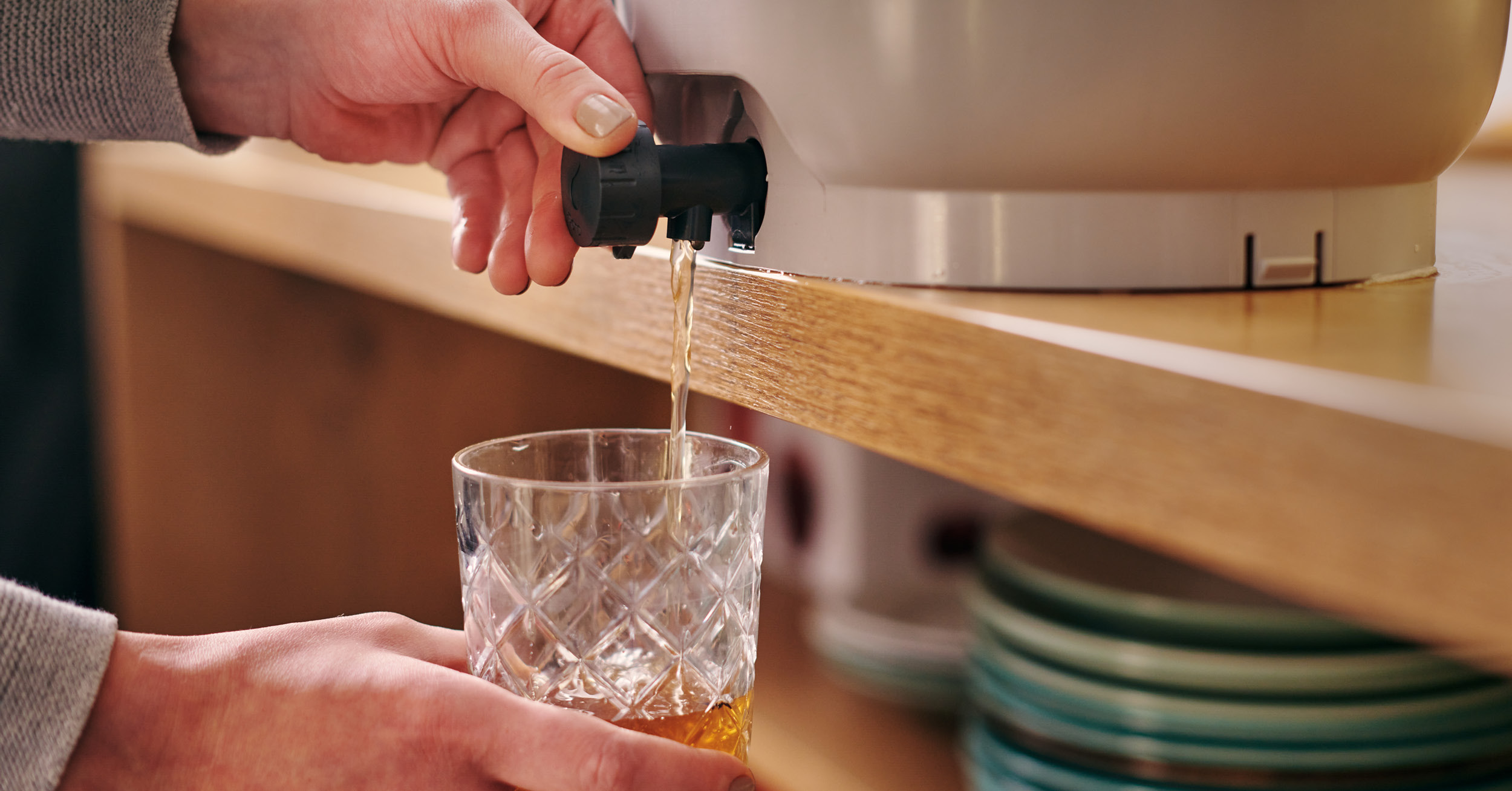 Compost fermentation question #2: How does Bokashi composting work?
Compost fermentation question #2: How does Bokashi composting work?
Despite being called bokashi compost, the process itself is fermentation, which is a special kind of anaerobic decomposition. This means that the organic material doesn't rot but ferments. The latter is achieved by ensuring airtight conditions by using a quality indoor composter. Moreover, it is also a common practice to add effective microorganisms (EM) in the form of bokashi bran. The latter serves as a fermentation starter and helps steer things down the right path.
Hence, to get the optimal results, we recommend adding bokashi bran on top of each batch of fresh organic waste you add to your Bokashi Organko. Then repeat this until the composting bin is full. Finally, you let the fermentation do its thing for two weeks. After two weeks or so, you get nutrient-rich fermented mass (bokashi cake). Moreover, throughout the process, you need to drain bokashi liquid every two or three days. Once the bokashi mass is ready, you can bury it in the ground, add it to your standard compost pile, or put it in a large pot and mix it with the soil.
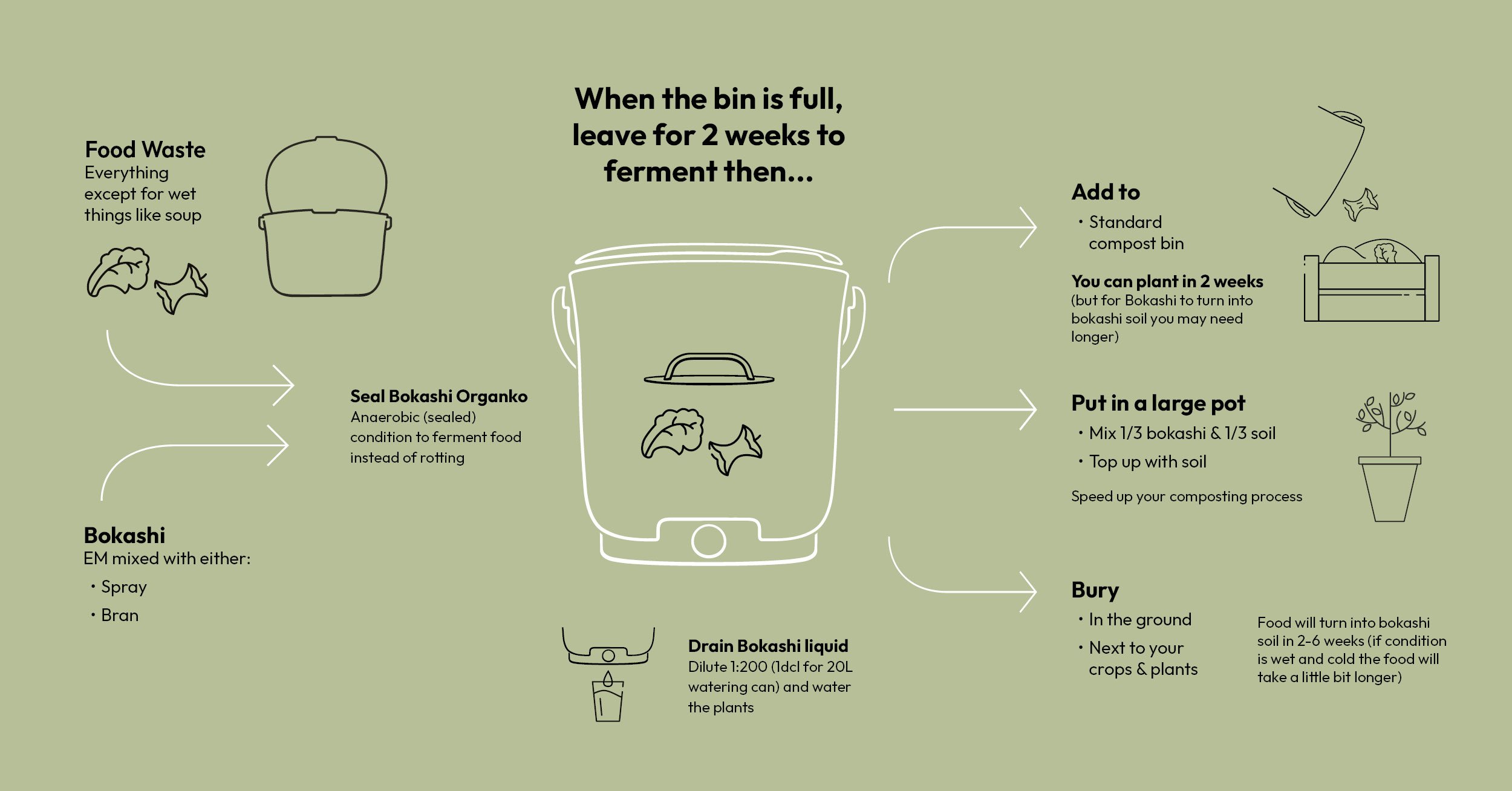 Compost fermentation question #3: Can I store the Bokashi composter outdoors without getting it damaged?
Compost fermentation question #3: Can I store the Bokashi composter outdoors without getting it damaged?
The thing about the bokashi fermentation process is that it performs most optimally in indoor temperatures (at approx. 20 °C). Moreover, direct sunlight and fluctuating temperatures can also have a negative impact on compost fermentation and the composter itself. As such, we recommend keeping your urban composter indoors. Most users store it under their kitchen counters or near their trash bins. Moreover, if you decide to store it outside, avoid exposing it to direct sunlight and low temperatures.
Compost fermentation question #4: Can I use the leftovers from the ground coffee and put them into the Bokashi composter?
As far as the compost fermentation goes, we must point out that the process itself is quite robust. Hence, the factors affecting the composting processare more self-balanced. Thus, bokashi composters can take on even trickier organic material. As such, ground coffee and coffee powder can be disposed of in your bokashi bin. For more details, dive deeper into the "Can I compost this food?" topic.
Compost fermentation question #5: How to clean the Bokashi bucket so it doesn't stink?
Immediately after emptying your compost fermentation bin, wash it with running water. In case you find the need to clean it more thoroughly, use a dishwashing detergent, baking soda, or other more powerful cleaning products. And, if possible, stick to environmentally-friendly agents. Nonetheless, leaving the bin out in the sun for a couple of days will normally also do the trick. However, keep in mind that long-term exposure to sunlight can be harmful to the bin. All-in-all, the container is airtight and closed during the fermentation process, hence, you do not need to worry about the odor.
Compost fermentation question #6: How much Bokashi bran do I need?
As explained above, bokashi bran is a fermentation starter, which will help the process go down the right path and do so faster. As a good rule of thumb, aim to add about 20 ml of bokashi bran on top of each batch of your organic waste. It is also important to add about 20 ml of your fermentation starter before adding the first batch of organic waste into your bokashi bin. Moreover, if you deal with organic waste on a daily basis, you can expect to have one kilogram of bokashi bran for about 90 days. Nonetheless, make sure to store the bran in a dark and dry place. Also, double-check that the bag with bokashi bran is sealed to prevent oxygen from tampering with the quality of the content.
Compost fermentation question #7: Can I use bokashi liquid as a toilet cleaner?
Since bokashi liquid can be used for cleaning drains, and the toilet is basically a special kind of drain, you, of course, may use it for that purpose. However, keep in mind that it may not be as effective as you may want at removing potential stains.
BONUS question: Can I put citrus peels in my bokashi bin?
This question may not be as frequent as the above seven questions, however, it is still quite common. As such, we want to point out that the compost fermentation is able to process citrus peels because of the acidic environment within a bokashi composter. In case you have a lot of peels, it helps to layer them with other organic waste.
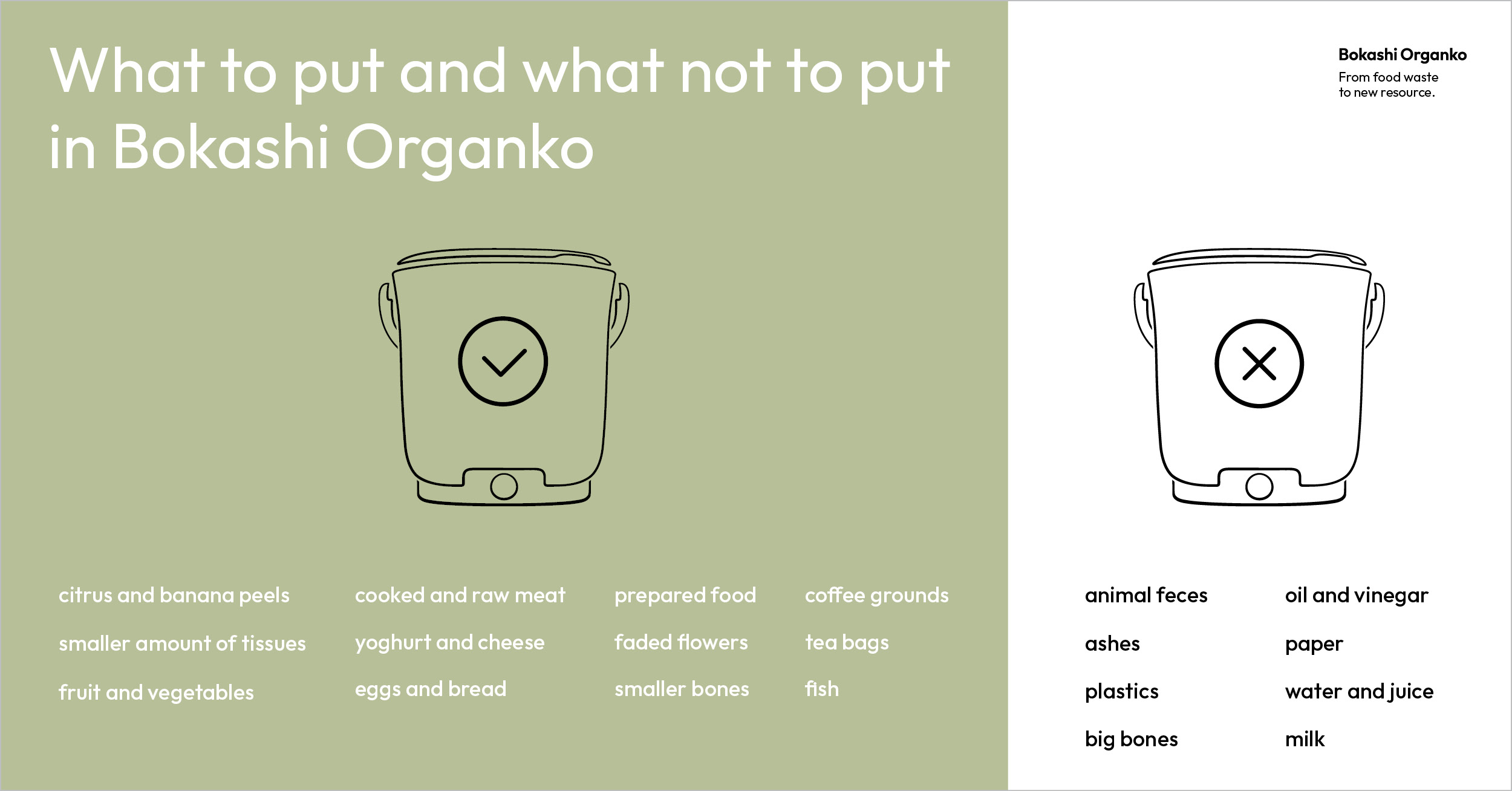 Parting Thoughts
Parting Thoughts
We hope that the above questions and answers helped you get a clearer picture of the compost fermentation process and how it works. However, we encourage you to check out our Bokashi academy. There, you will learn about the Bokashi loop and its particular stages. We recommend you first learn how to collect organic waste properly. We look forward to seeing you on the inside!

